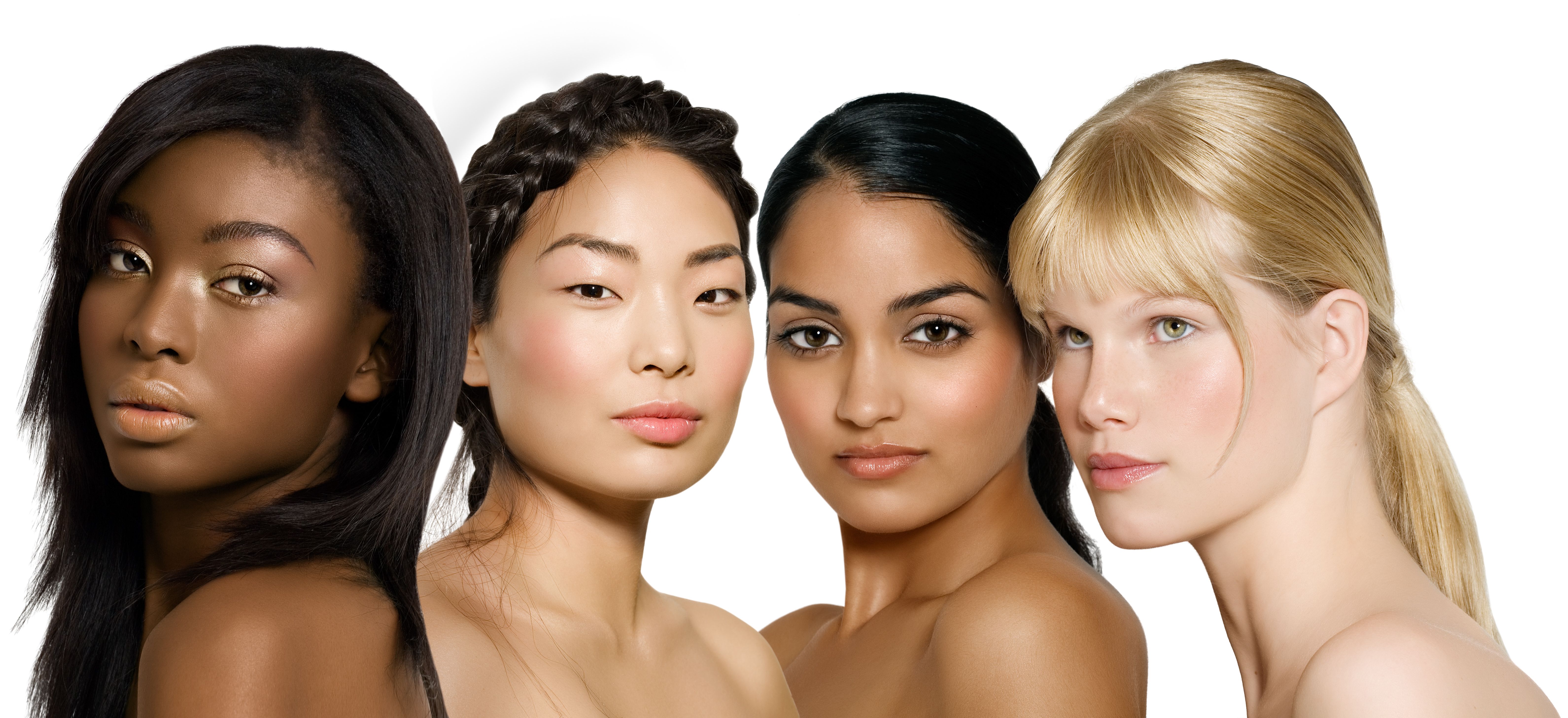- Acne
- Actinic Keratosis
- Aesthetics
- Alopecia
- Atopic Dermatitis
- Buy-and-Bill
- COVID-19
- Case-Based Roundtable
- Chronic Hand Eczema
- Chronic Spontaneous Urticaria
- Drug Watch
- Eczema
- General Dermatology
- Hidradenitis Suppurativa
- Melasma
- NP and PA
- Pediatric Dermatology
- Pigmentary Disorders
- Practice Management
- Precision Medicine and Biologics
- Prurigo Nodularis
- Psoriasis
- Psoriatic Arthritis
- Rare Disease
- Rosacea
- Skin Cancer
- Vitiligo
- Wound Care
Article
Taking a Closer Look at Diversity and Beauty
Author(s):
Anthony Rossi, MD, reviewed how beauty standards have changed over centuries and what providers need to consider when performing procedures at SCALE 2023.
iconogenic/AdobeStock

At the 2023 SCALE meeting in Nashville, Tennessee, Anthony Rossi, MD, FAAD, FACMS, a board-certified dermatologist and Mohs surgeon at Memorial Sloan Kettering Cancer Center and founder of Dr. Rossi DERM MD, reviewed how standard beauty ideals have changed throughout history.1 Rossi began by pointing out that beauty crosses both ethnic and geographical boundaries and carries a significant cultural and economic impact. Rossi included in his presentation beauty quotes from varying points in history, including:
“Beauty is in the eye of the beholder.” - Margaret Wolfe Hungerford
“Forms are beautiful, the perfect being is beautiful, and among these forms, the form of good is the most beautiful.” - Plato
“Beauty is symmetry.” - Aristotle
Rossi then reviewed the 4 concepts of facial beauty: symmetry, averageness, youthfulness, and sexual dysmorphism. Symmetry is associated with a high quality of development and reflects a person’s phenotypic and genetic condition. Averageness relates to the Darwinian theory that evolutionary pressure functions against the extremes of the population, as well as genetic heterozygosity and greater resistance to disease. Youthfulness relates to neonatal features such as large eyes and a small nose, which may suggest desirable qualities of youthful liveliness, open-mindedness, and affability. Lastly, sexual dimorphism is the phenotypic difference between sexes.
When considering these 4 concepts of facial beauty, Rossi noted that it’s also important to remember that these concepts are not absolute. According to Rossi, some of the most attractive people are asymmetric, current pop culture celebrates unique features, youthfulness needs to be congruent to remaining features, and the current culture has gravitated more towards gender fluidity.
The Marquardt Beauty Mask has been marketed as identifying facial characteristics that are universally perceived as beautiful. The mask theory is flawed, as it is ill-suited for non-European populations, especially sub-Saharan Africans and East Asians.
Rossi reviewed a study that examined aesthetic concerns related to facial and body appearances among a diverse, aesthetically inclined US population (n=3974). The study was compromised of 82.4% women (including transgender women) and 17.5% men (including transgender men). Patient ages ranged from <30 years to 85 years. Overall, female patients were equally concerned about their face and body appearance. In comparison, male patients were more concerned about their facial appearance.
Concerning facial characteristics, female patients were most concerned about dark undereye circles, under eye bags or sagging, and sagging skin. Male patients were most concerned about dark under eye circles, under eye bags or sagging, and hair loss/thinning. Concerning body characteristics, female patients were most concerned with stubborn stomach fat, stubborn fat on the sides, and stubborn fat in the bra or back area. Male patients were most concerned with stubborn stomach fat, a lack of muscle tone and definition, and stubborn fat on the sides.
Rossi concluded his presentation by discussing gender inclusivity and fluidity and the “idea that gender is not fixed at birth.” Approximately 1% of adults worldwide (78 million people) do not identify as male or female, and among Generation Z teenagers and 20-year-olds, the amount increases to 4%.
Reference
- Rossi A. Through the looking glass: diversity and beauty. Presented at the 18th Annual Music City Symposium for Cosmetic Advances & Laser Education; May 17-21, 2023; Nashville, TN.
Newsletter
Like what you’re reading? Subscribe to Dermatology Times for weekly updates on therapies, innovations, and real-world practice tips.














